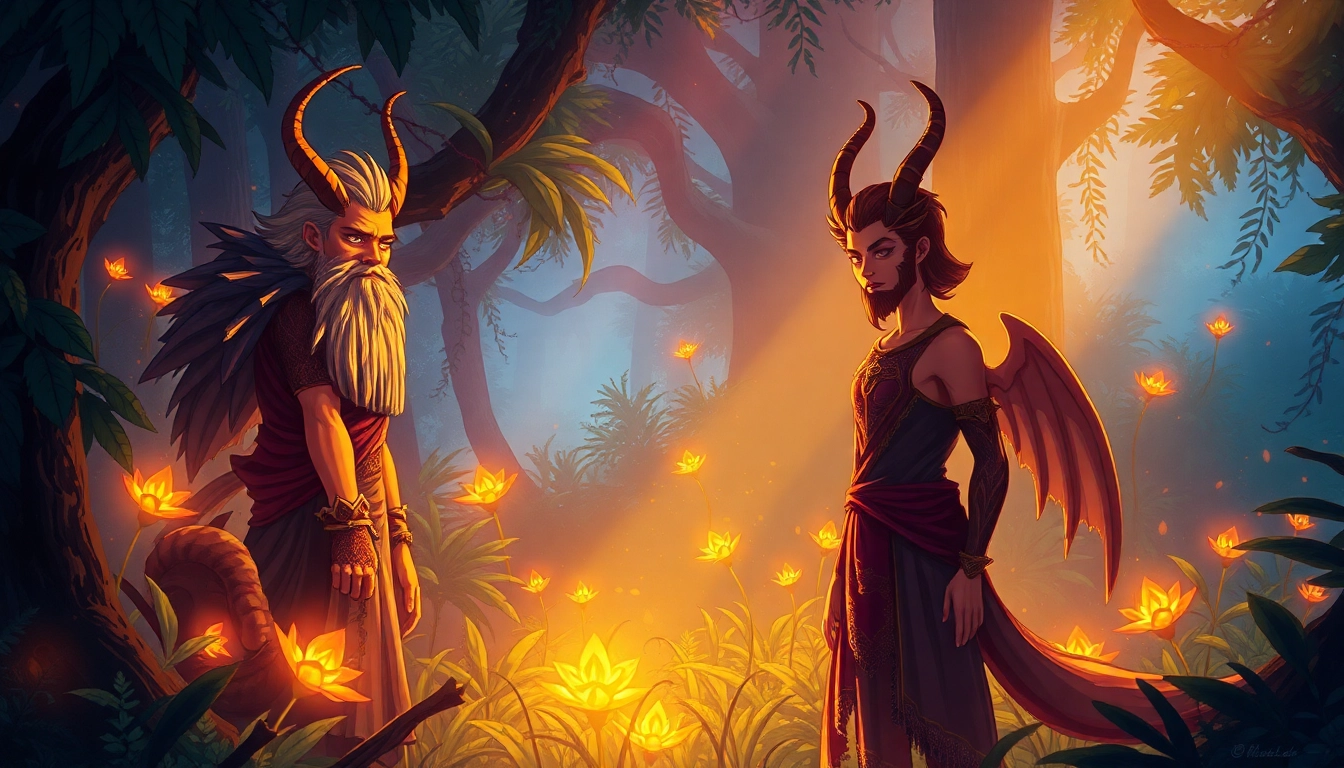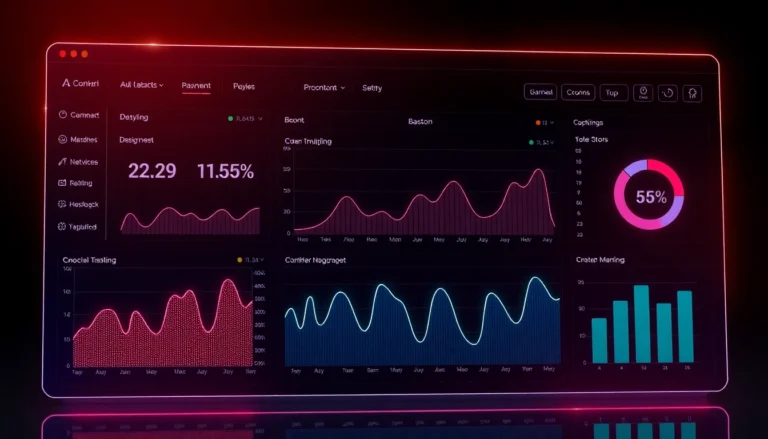
Understanding the Omegaverse: An In-Depth Exploration of Its Origins, Themes, and Cultural Impact
The Omegaverse, also known as A/B/O, is a subgenre of speculative fiction primarily found within fanfiction communities. It introduces a unique universe where human characters possess animalistic traits, such as hierarchical positioning, biological drives, and social structures, reminiscent of wolf or wolf-like pack dynamics. For those unfamiliar, exploring What is Omegaverse can provide foundational insights into its core concepts, origins, and significance. This genre has garnered a dedicated following over the past decade, thanks to its complex characters, rich world-building, and the way it challenges conventional narratives around gender and social hierarchy.
The Origins and Evolution of Omegaverse
Historical Roots and Literary Precursors
The Omegaverse genre emerged in the early 2010s within the realm of fanfiction, particularly on platforms like Archive of Our Own . Its roots can be traced back to the exploration of animalistic instincts and social hierarchies in speculative fiction. Early stories drew inspiration from wolf pack dynamics, emphasizing themes of dominance, submission, and biological imperatives. These narratives often reimagined human relationships through the lens of alpha, beta, and omega roles, creating a layered social structure that reflected or challenged existing societal norms.
Development and Spread in Fan Communities
Initially a niche within fandom circles, Omegaverse stories gained traction for their ability to blend sensuality, emotional depth, and social commentary. Writers started experimenting with different settings—ranging from contemporary urban environments to futuristic worlds—allowing the genre to diversify and evolve. The popularity of these stories on AO3 helped solidify Omegaverse as a distinct subgenre, spawning countless variations and interpretations influenced by diverse fandoms such as Supernatural, Marvel, and anime series.
Core Themes and Tropes in Omegaverse Fiction
Hierarchical Society and Power Dynamics
One of the defining features of Omegaverse stories is the portrayal of hierarchical social structures based on biological roles—Alphas, Betas, and Omegas. These roles often influence characters’ personalities, relationships, and interactions. Alphas are typically depicted as dominant, assertive, and natural leaders, while Omegas are portrayed as more submissive, nurturing, or vulnerable. Betas tend to occupy a neutral or adaptable middle ground. This hierarchy serves as a foundation for exploring themes of power, control, and societal expectations.
Biological Traits and Sexuality
The genre emphasizes biological imperatives—such as mating drives, scent marking, and heat cycles—that influence character behavior. These traits often lead to intense emotional and physical interactions, emphasizing consent and emotional complexity. The concept of heat cycles, especially for Omegas, introduces time-sensitive scenarios that add tension and urgency to narratives. These biological elements serve both as plot devices and as allegories for real-world issues related to sexuality and gender identity.
Relationship Dynamics and Romance
Omegaverse stories frequently focus on romantic and sexual relationships, often exploring taboo or unconventional themes. The genre allows for a diverse array of pairings—same-sex, cross-species, or non-traditional relationships—challenging societal norms. The interplay between dominance and submission, consent, and emotional vulnerability forms a central thread in many narratives, fostering a sense of intimacy and complexity that resonates with readers.
Role of Consent and Ethical Considerations
While some stories may depict non-consensual scenarios, a significant and growing subset emphasizes consent, emotional health, and mutual respect. This shift reflects broader conversations within fan communities about ethics and representation, ensuring that narratives do not romanticize coercion but instead explore power dynamics responsibly.
The Role of AO3 in Popularizing and Shaping Omegaverse
Platform Features Supporting Omegaverse Content
Archive of Our Own has played a pivotal role in fostering the growth of Omegaverse stories. Its tagging system allows readers and writers to easily find and categorize stories based on specific themes, characters, and tropes. The platform’s open and inclusive environment encourages experimentation with diverse narratives, including those involving Omegaverse elements. Additionally, AO3’s community features facilitate discussions, feedback, and collaborations that help refine storytelling techniques and promote responsible depiction of sensitive themes.
Community Engagement and Fan Contributions
The AO3 community actively discusses, critiques, and celebrates Omegaverse stories, contributing to a vibrant ecosystem of creativity. Writers often participate in challenges or prompts centered around Omegaverse, pushing the genre’s boundaries. The community’s collective engagement has led to a proliferation of high-quality stories, ranging from lighthearted romance to dark, complex explorations of power and identity.
Impact on Mainstream Fan Culture
Through AO3, Omegaverse stories have transcended niche fandoms to influence mainstream fan culture. Many stories go viral within fandom circles, inspiring fanart, cosplay, and even adaptations into other media forms. The genre’s popularity on AO3 has also prompted discussions about gender fluidity, consent, and societal roles, making it a significant cultural phenomenon in contemporary fanfiction and beyond.
Cultural Significance and Community Engagement
Representation and Identity Exploration
Omegaverse provides a unique space for exploring gender, sexuality, and identity beyond traditional binaries. Its flexible framework allows writers and readers to examine themes of dominance, submission, and biological drives in a way that can mirror real-world experiences. Many fans find that engaging with these stories offers a safe environment to question societal norms and explore personal identities.
Community and Social Bonds
The genre fosters a sense of belonging among fans who share interests in complex character dynamics and speculative worlds. Online forums, Discord servers, and fan conventions dedicated to Omegaverse themes facilitate connections, collaborative storytelling, and mutual support. This community engagement enhances the cultural richness of the genre, making it a dynamic and evolving part of contemporary fan culture.
Creative Expression and Artistic Inspiration
Omegaverse stories inspire fans to create beyond written narratives—spurring fanart, cosplay, music, and roleplay. This multidisciplinary engagement enriches the fan experience and allows for diverse modes of self-expression. The genre’s emphasis on emotional depth and character complexity also encourages more nuanced storytelling across various media.
Controversies and Criticisms Surrounding Omegaverse
Debates on Consent and Ethical Portrayals
Despite its popularity, Omegaverse has faced criticism related to the depiction of non-consensual acts, coercion, and problematic power dynamics. Some critics argue that certain stories romanticize or normalize themes that could be harmful or triggering. As a response, many writers and community members advocate for responsible storytelling, emphasizing consent and emotional well-being in narratives.
Gender Stereotypes and Representation Concerns
Another point of contention involves the reinforcement of gender stereotypes—such as alphas being inherently dominant or omegas inherently submissive—that may perpetuate harmful notions about gender roles. However, many creators challenge these stereotypes by subverting tropes or portraying characters with complex identities that defy traditional roles.
Legal and Cultural Sensitivities
Some countries have strict regulations regarding explicit content, which can impact the dissemination of Omegaverse stories. The genre’s sometimes explicit nature necessitates careful navigation of legal and cultural boundaries, especially when involving minors or sensitive themes.
Future Trends and the Evolution of Omegaverse Content
Innovations in World-Building and Narrative Styles
As the genre matures, creators are experimenting with more sophisticated world-building, integrating Omegaverse elements into science fiction, fantasy, and even historical settings. Narrative styles are becoming more diverse, incorporating multimedia formats like comics, audio dramas, and interactive fiction, enriching the storytelling landscape.
Increased Focus on Intersectionality
Future Omegaverse stories are likely to explore intersectional identities, addressing race, disability, gender fluidity, and cultural backgrounds. This evolution aims to foster inclusivity and challenge stereotypes, making the genre more representative of diverse experiences.
Integration with Broader Fan and Social Movements
The genre’s themes around power, consent, and identity resonate with broader social conversations. Expect increased engagement with activism, mental health awareness, and discussions about ethical storytelling, shaping a more responsible and reflective Omegaverse community.
Conclusion: Why Omegaverse Continues to Captivate Imagination
The enduring appeal of the Omegaverse lies in its ability to serve as a versatile canvas for exploring complex human emotions, social hierarchies, and identity. Its rich world-building, combined with the freedom it offers for creative expression, makes it a beloved genre within fanfiction circles. Whether as a space for romantic escapism, social critique, or personal reflection, Omegaverse stories foster a sense of community and shared exploration. As platforms like Omegaverse AO3 continue to support diverse narratives, the genre is poised to evolve further, inspiring new generations of fans and creators to reimagine the boundaries of storytelling and identity.



